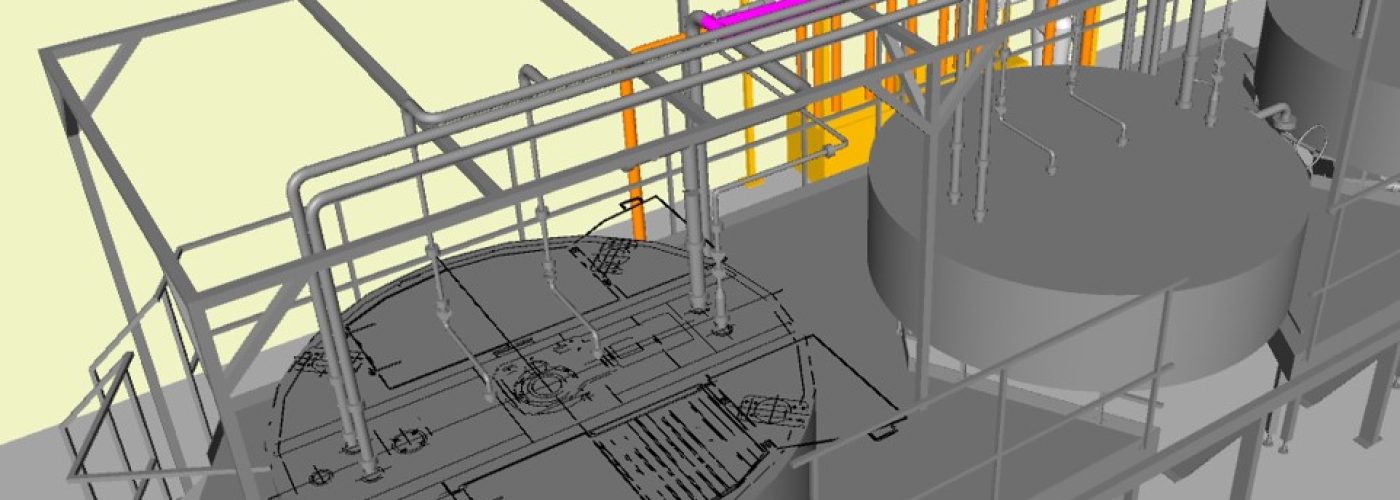Since its inception in 1957, virtual reality (VR) has been used for a multitude of purposes, from computer gaming and music videos to training simulations and product prototyping. Manufacturing is the latest industry to take the plunge as it incorporates virtual worlds into building information modelling (BIM). Here, Glyn Shawcross, group design manager at engineering solutions provider Boulting Group, explains the practicalities and benefits of VR and BIM.
Building Information Modelling (BIM) is a collaborative way of working underpinned by digital technologies (3D modelling) which allows for more efficient methods of designing, delivering and maintaining physical built assets throughout their entire life cycle. In 2011, the Government Construction Strategy (GCS) outlined a new mandate, stating that all centrally procured Government projects would need to include BIM as part of the documentation process. Since the deadline of 2016, other sectors have adopted the same mandate as a way of changing behaviours in the industry.
Once the 3D model has been generated this can be exported and converted to VR friendly software.
Boulting Group has been incorporating BIM into the design and build of its projects for a number of years. But what’s next? Contractors are now looking to take BIM one step further by incorporating VR into the modelling process, bringing with it a host of new possibilities.
The briefing stage
While line drawings and 3D diagrams help the client to visualise the finished project, VR creates a truly immersive experience, allowing them to explore their new working environment before work even begins. By doing so, any necessary changes to design can be implemented much earlier, saving both time and money.
With high-precision infrared sensors that allow for enhanced tracking and rotation, VR can accurately replicate an entire building, providing both contractors and clients with a far greater perspective of the project than any computer screen or print-out.
Safer project delivery and completion
The ability to create simulated site scenarios can improve project safety significantly. By virtually walking round a site before work commences contractors can see exactly how the various elements of the build connect, ensuring they do not create hazards, avoiding possible expensive mistakes.
Following the completion of a project, the VR environment still has its uses. By being incorporated into the client’s training programme, VR can allow employees to explore their new workplace and be trained on equipment and processes before starting work. This is another time and money saving exercise that ensures staff are ready to start work straight away.
Industry 4.0 has led the manufacturing sector to great strides forward as new technologies continue to create endless possibilities for the industry. As VR becomes more accessible, we’re positive we will see more projects adopt the technology. While BIM benefits greatly from its application, this is just the tip of the iceberg.





